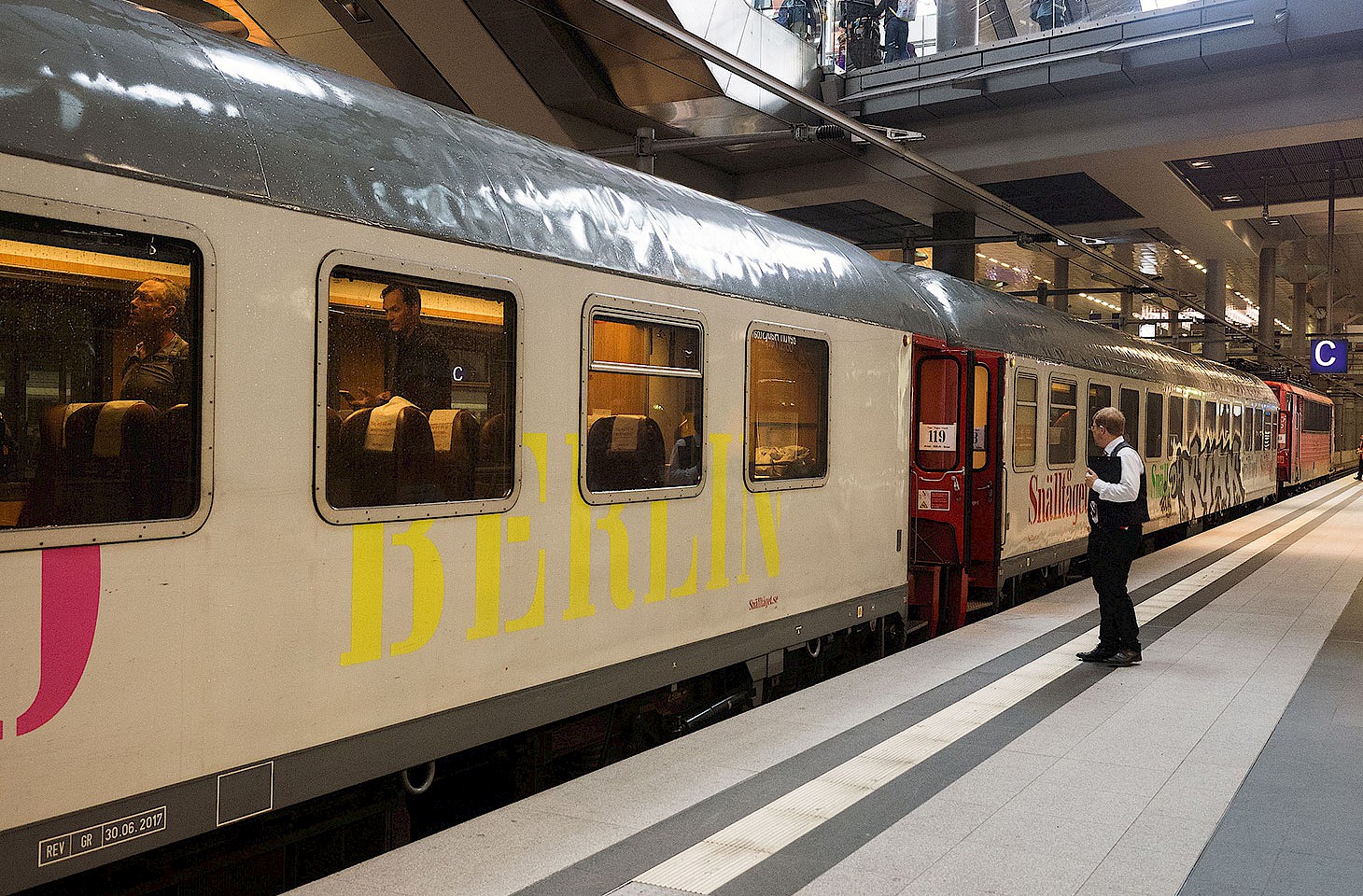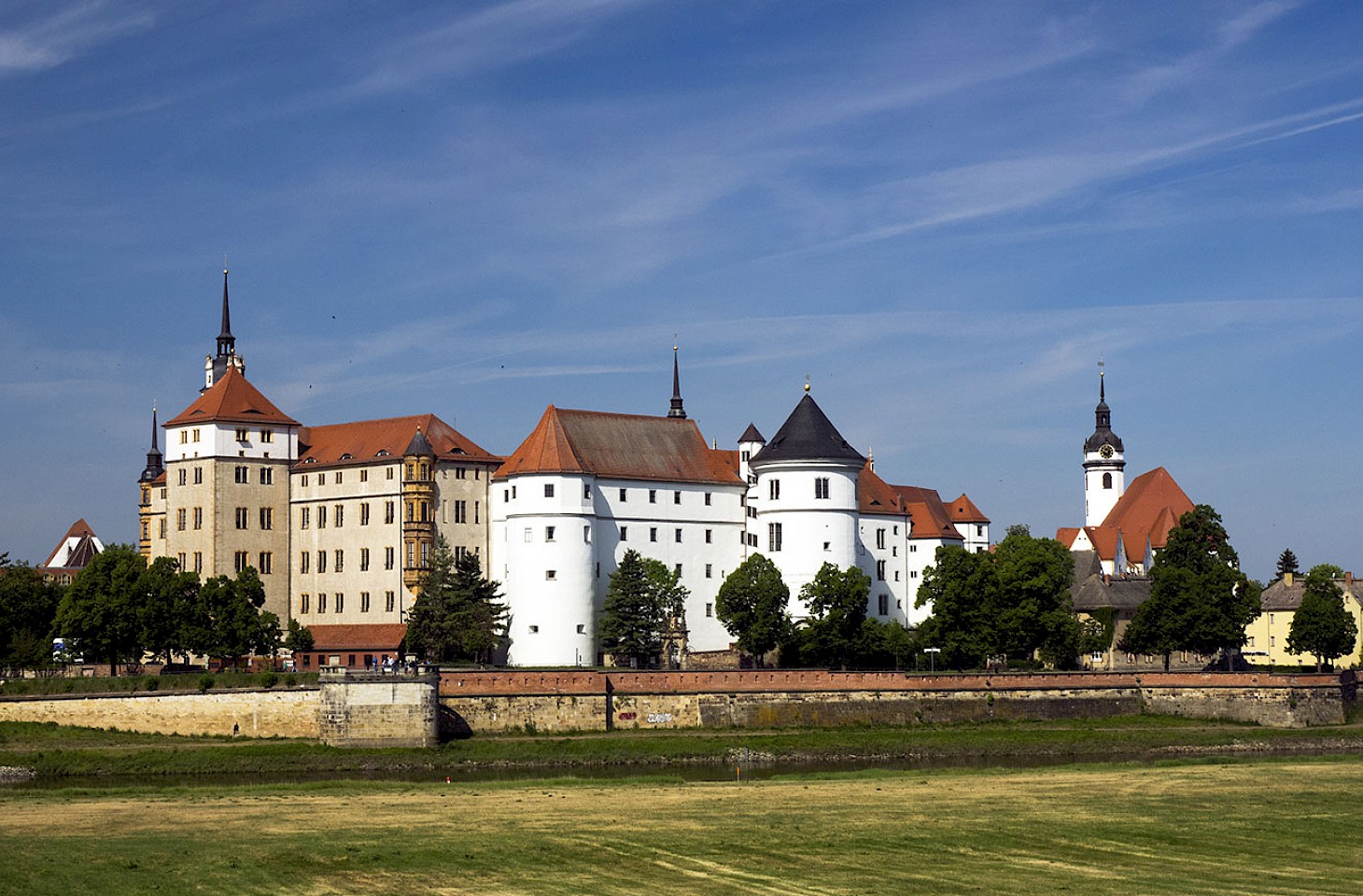Dún Laoghaire is as nice a spot as one might ever find on the east coast of Ireland. When the writer GR Powell landed at the port in 1853, he remarked on the fine proportions of the buildings and the verdant gardens which separated the residences from the sea. In those days, Dún Laoghaire still went by the English name of Kingstown, a colonial imposition dating back three decades and recalling King George IV’s visit to Ireland in 1821.
The king was the first English monarch to visit Ireland unaccompanied by an army. It’s unlikely the new monarch’s visit was driven by any burning desire to serve Ireland. His voyage west on the royal yacht was more a matter of escaping the kerfuffle in London following the death of Princess Caroline of Brunswick in suspicious circumstances. There was widespread speculation in the salons of the capital and on the streets that George had arranged for his spouse to be poisoned. The English, always willing to take advantage of Ireland, sent their king off on an official visit. The king arrived in Ireland, filled his ample belly with goose and Irish whiskey, and then departed from Dún Laoghaire three weeks later. After that, Dún Laoghaire promptly morphed into Kingstown.
For 200 years, this port about a dozen kilometres south of Dublin, was the first and last glimpse of Ireland for many travellers.




